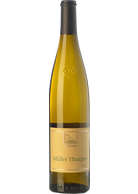Müller-Thurgau
It was the Swiss oenologist Hermann Müller who, at the end of the nineteenth century, made this vine from the crossbreeding of Rhine riesling and madeleine royale (once thought to be sylvaner). The aim was to make a pleasant grape but at the same time a grape that could be cultivated in large quantities even in northern countries. Indeed, this white grape is still one of the most common in Germany (especially in Baden, Franconia, Palatinate and Rhine Valley), in Austria, Hungary, Slovakia and, of course, Italy, especially in the hilly and mountainous areas of the North. Widespread in Italy since 1939, it occupies part of the vineyards in Veneto, Friuli, Trentino and South Tyrol, while in the other regions it has enjoyed less success. It gives a pale straw-coloured wine, sometimes greenish, with aromas of green apple, aromatic herbs, mineral and vegetable hints; on the palate it is fresh but also quite soft, of reasonable structure. It never has marked complexity; however, Müller-Thurgau is also pleasant in a sparkling or spumante version, generally using the Charmat method.
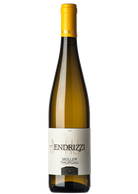


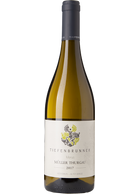
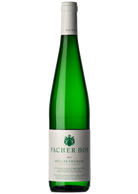
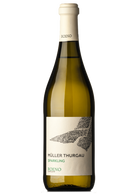
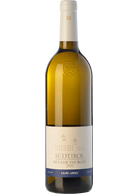
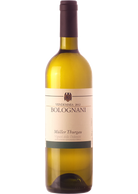
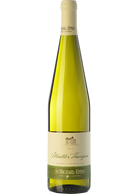
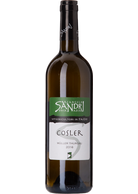


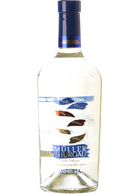
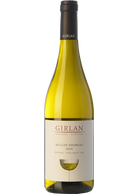
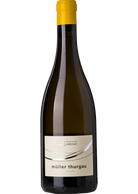
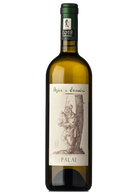
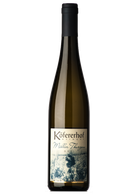
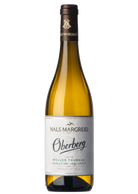
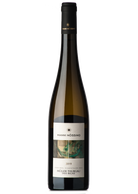
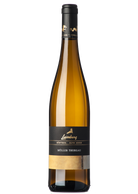
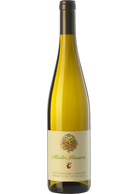
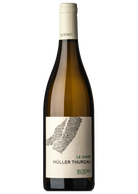
Müller-Thurgau
It was the Swiss oenologist Hermann Müller who, at the end of the nineteenth century, made this vine from the crossbreeding of Rhine riesling and madeleine royale (once thought to be sylvaner). The aim was to make a pleasant grape but at the same time a grape that could be cultivated in large quantities even in northern countries. Indeed, this white grape is still one of the most common in Germany (especially in Baden, Franconia, Palatinate and Rhine Valley), in Austria, Hungary, Slovakia and, of course, Italy, especially in the hilly and mountainous areas of the North. Widespread in Italy since 1939, it occupies part of the vineyards in Veneto, Friuli, Trentino and South Tyrol, while in the other regions it has enjoyed less success. It gives a pale straw-coloured wine, sometimes greenish, with aromas of green apple, aromatic herbs, mineral and vegetable hints; on the palate it is fresh but also quite soft, of reasonable structure. It never has marked complexity; however, Müller-Thurgau is also pleasant in a sparkling or spumante version, generally using the Charmat method.

